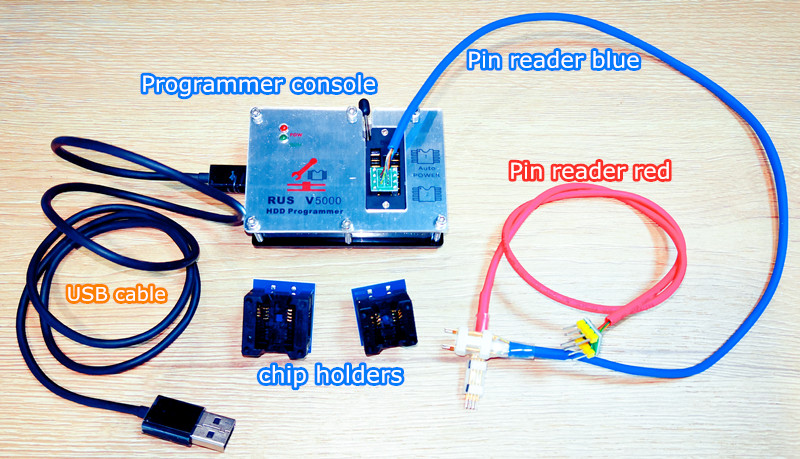

- #Rom chip writer how to
- #Rom chip writer mac os
- #Rom chip writer software
- #Rom chip writer code
- #Rom chip writer windows
Learn how to contact us and find help and support. Latest release | Supported hardware | Downloads | Documentation | Live CD | qflashrom
#Rom chip writer windows
Get involved! Help us make flashrom better.ĭevelopment Guidelines | Browse Source | Pending patches | Technology | Random notes | Easy projects | Board Testing HOWTO| Board Enable | Meeting notes | Windows | libflashrom News | Press | Testimonials | History | Friendliness | Follow us on Twitter Please allow for a few hours until someone responds on IRC, we're all volunteers. We can be contacted via IRC ( #flashrom on libera.chat, webchat) or email. IMPORTANT: If something went wrong during flashing, do NOT turn off/reboot your computer. Partial Windows support is available (no internal programmer support at the moment, hence no "BIOS flashing").
#Rom chip writer code
The user-space source code is part of flashrom, the schematics and PCB layouts are licensed under the CC-BY-SA 3.0 license and were created using the open-source Kicad EDA suite. It uses an FTDI FT232H chip and features a DIP-8 socket and a pin header.
#Rom chip writer mac os
Supports DOS, Linux, FreeBSD (including Debian/kFreeBSD), NetBSD, OpenBSD, DragonFlyBSD, anything Solaris-like, Mac OS X, and other Unix-like OSes as well as GNU Hurd. RushSPI is an Open Hardware USB-based programmer for SPI chips, designed by Nikolaj Schlej. flashrom is often much faster than most vendor flash tools. It is recommended to check flashrom output and error codes. Reflash a whole pool of identical machines at the same time from the command line.

Many games correctly display the Kanji and/or katakana/hiragana characters on machines without Kanji-ROM, simply because these characters are drawn on a graphic screen.Flashrom is a utility for identifying, reading, writing, verifying and erasing flash chips.The only known exception being Super Shang Hai Dragons Eye.
#Rom chip writer software
Likewise, since Hiragana and Katakana characters are part of the regular Japanese MSX character set, non-Japanese software making use of some of the less common characters in the character set may be shown as Japanese Hiragana or Katakana characters on a Japanese system.

This can typically be seen as various high ASCII characters being displayed where Japanese writing would have been expected. As such early Japanese MSX systems do not have Kanji characters, and software developers used either Latin or Katakana and Hiragana characters.Īdding a Kanji-ROM to a non-Japanese system will not add the missing Hiragana and Katakana characters. Kanji Level 2 (or JIS2) requires an even larger ROM of 256kB. Kanji Level 1 (or JIS1) requires a ROM of 128kB which was quite expensive at the time. The current Japanese Industrial Standard (JIS) for Kanji has over six thousand characters.Īll Japanese MSX systems have a character set containing Katakana and Hiragana characters. While the number of Hiragana and Katakana characters is comparatively small, the number of Kanji characters is in the thousands. The Japanese writing system consists out of Hiragana, Katakana and Kanji characters. Note that many cartridges use non-standard Kanji-ROM and therefore will not work with software that uses standard Kanji-ROM or of other type. There are also cartridges with generally only provided Level 1 (JIS1), and cartridges where in addition to a Kanji-ROM there is also some other software like a word processor. Some of the more advanced Japanese MSX1 and MSX2 computers, particularly those with a built-in Japanese word processor, also have one of these roms built-in. In addition some systems or cartridges also have MSX-JE which is an input system for Kanji.Īll MSX2+ and Turbo R systems have the Kanji ROM built-in.


 0 kommentar(er)
0 kommentar(er)
